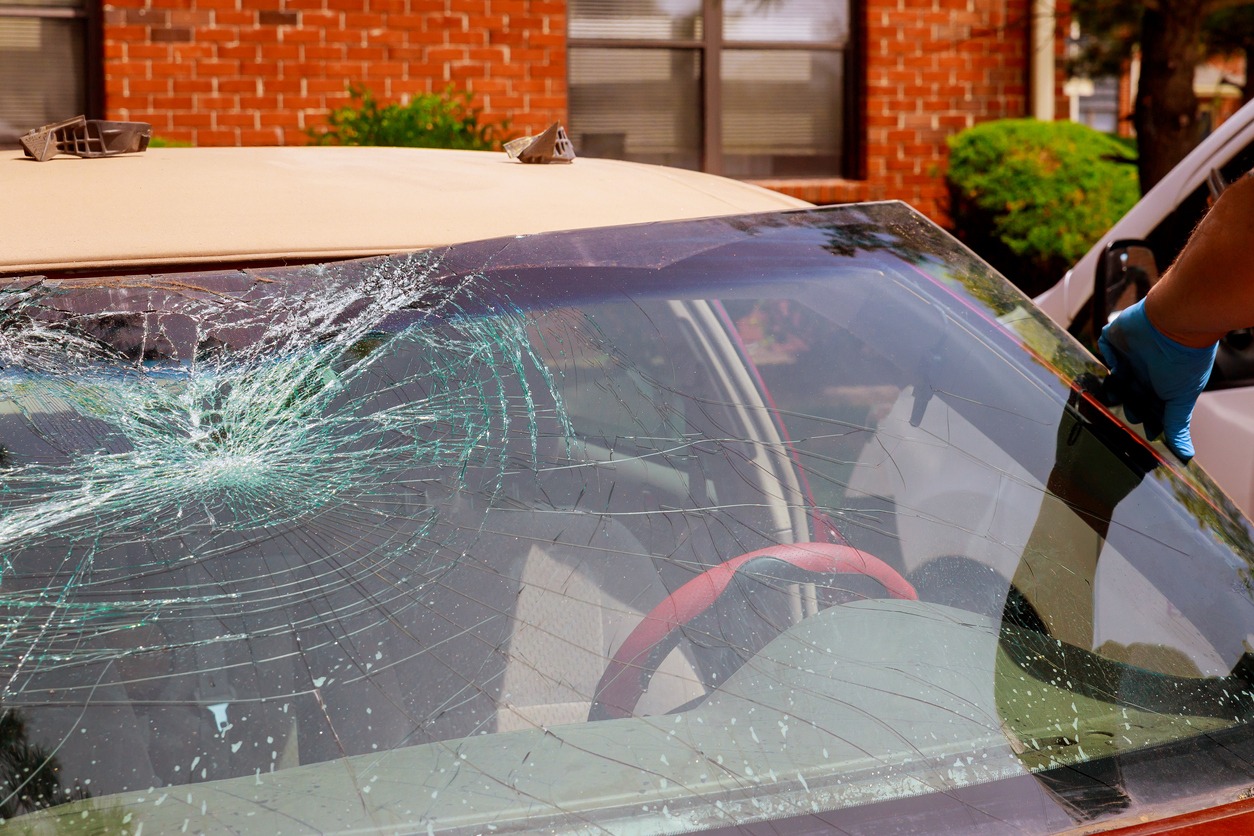When we think of vehicle safety, features like airbags, anti-lock brakes, and seat belts often come to mind. While these components undoubtedly play a vital role in protecting occupants, one crucial element that is sometimes overlooked is the windshield. Your vehicle’s windshield is more than just a barrier between you and the elements; it’s a fundamental component of your car’s safety system. In this article, we’ll delve into the significance of windshield replacement and its role in ensuring vehicle safety.
The Windshield as a Key Safety Component
The windshield in your vehicle serves several crucial functions that contribute to overall safety:
1. Impact Resistance
In the event of an accident, the windshield provides structural support to the vehicle’s roof, preventing it from collapsing and thereby protecting passengers from severe injury.
2. Preventing Ejection
A properly intact windshield is essential for keeping passengers within the vehicle during a collision, reducing the risk of ejection, one of the most dangerous outcomes of accidents.
3. Airbag Deployment
The windshield is also closely tied to airbag deployment. In many modern vehicles, airbags rely on the windshield as a backstop during deployment, ensuring they inflate correctly and offer effective protection.
4. Vision and Driver Awareness
An unobstructed, clear windshield is paramount for driver visibility. Any obstruction, such as cracks, chips, or extensive pitting, can hinder a driver’s ability to see clearly and react to hazards promptly.
The Impact of Windshield Damage
Over time, windshields are subjected to a range of environmental factors, road debris, and temperature fluctuations, leading to damage. Common forms of windshield damage include:
– Chips and Cracks: These can impair visibility and the structural integrity of the windshield.
– Pitting: Small, often nearly invisible, pits or divots that scatter light and reduce visibility, particularly at night.
– Scratches: Deep scratches can scatter light and create glare, reducing driver visibility.
– Delamination: The separation of the layers within the windshield, which can create a cloudy or hazy appearance.
Windshield damage is not merely an aesthetic issue. It can compromise the safety features that rely on the windshield’s structural integrity and optical clarity.
The Importance of Windshield Replacement
Given the vital role of the windshield in your vehicle’s safety system, it’s crucial to address any damage promptly, and in many cases, that means windshield replacement. Here are some key reasons why windshield replacement is vital for vehicle safety:
1. Structural Integrity
A cracked or chipped windshield is weaker and less effective at supporting the roof during an accident. A proper windshield replacement restores the structural integrity necessary to protect you and your passengers.
2. Airbag Effectiveness
As mentioned earlier, the windshield is an integral part of airbag deployment. An improperly installed or damaged windshield can lead to airbag malfunction, reducing their ability to protect passengers.
3. Optimal Visibility
A clear, unobstructed view of the road is crucial for safe driving. Replacing a damaged windshield ensures that your visibility is not compromised, allowing you to react swiftly to potential hazards.
4. Preventing Further Damage
Small chips and cracks can quickly worsen due to temperature changes and vibrations from driving. Windshield replacement is often the most effective way to prevent minor issues from turning into major safety concerns.
5. Regulatory Compliance
Driving with a severely damaged windshield may lead to legal consequences, as it is considered a safety hazard. Replacing the windshield ensures compliance with safety regulations.
The Windshield Replacement Process
Windshield replacement is a specialized task that should only be performed by experienced professionals. Here’s an overview of the replacement process:
1. Evaluation
The first step is a thorough evaluation of the extent of the damage. A technician will determine whether repair or replacement is necessary.
2. Removal
If replacement is needed, the old windshield is carefully removed. This is a delicate process to avoid damaging the vehicle’s frame.
3. Preparing the Frame
The frame and sealant are cleaned and prepped for the new windshield’s installation.
4. Installation
The new windshield is precisely fitted and sealed into place, ensuring a secure and airtight bond.
5. Curing
The adhesive used for sealing the windshield requires time to cure properly, so the vehicle is typically not driven immediately after replacement.
Conclusion
Your vehicle’s windshield plays a pivotal role in the overall safety of your car. From impact resistance and preventing ejection to supporting airbag deployment and ensuring optimal visibility, a well-maintained windshield is a fundamental component of your vehicle’s safety system. Windshield replacement is not just about cosmetic improvement but about maintaining the integrity of these crucial safety features. Therefore, addressing any windshield damage promptly and entrusting the replacement to professionals is an essential step in safeguarding your safety on the road.
